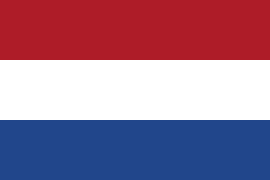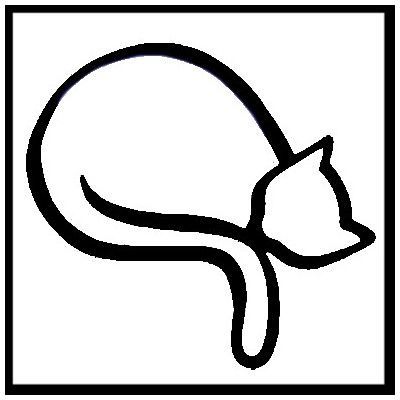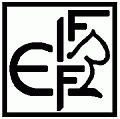|
One claims that the Burmese breed is one of the few breeds whose exact origin is known. Already in the Ayudhya period (1350 to 1767) poems were written in an old Thai cat book. There the cat is called Su-pa-lak or Thong Daeng. The cat is described as courageous with the urge to protect, but also as beautiful, coloured as copper and eyes as a brilliant beam of light.
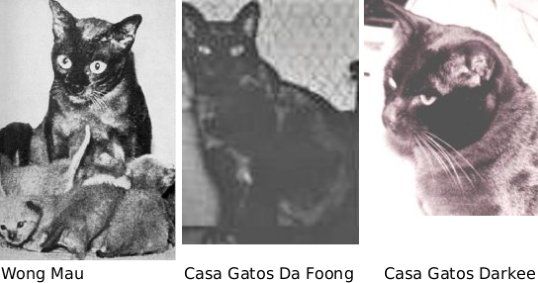 How the first Burmese came into Dr. Thompson possession remains unclear. On this different versions are in circulation. What we do know for certain is that in the nineteen thirties Dr. Joseph C. Thompson brought a brown cat, named Wong Mau, from Burma (now Myanmar) to America. This cat had dark points, like the seal-point Siamese, but her body was much darker brown. Wong Mau had a litter from a Siamese cat called Tai Mau. From this combination 2 different coloured cats were born: Siamese-coloured like the father and darker like the mother cat. Wong Mau was later mated to one of her sons, such a darker cat, resulting in 3 different types of cats: Siamese-coloured, the darker cats like Wong Mau and cats even darker brown (almost) without points. These dark brown cats were the first Burmese.From Burmese crossed with Burmese only Burmese were born. So Wong Mau was a hybrid of a Siamese with a whole new breed: the Burmese. Such hybrids we now know as Tonkanese. From the descendants of Wong Mau and other Burmese and Tonkanese imported from Burma to America, the Burmese were bred in America. Recognition followed by the CFA in 1936. It wasn't until 1949 that the first Burmese were imported in England by Mrs L. France (2 females and 1 male). The male cat was Casa Gatos da Foong. Recognition by the GCCF in England followed in 1952. In 1953 another male was imported, Casa Gatos Darkee. In the pedigree of this cat Wong Mau could still be found in the great-great-grandparents (the 5th generation). The first breed club for Burmese, "The Burmese Cat Club" was founded in 1955 by Mr.Vic Watson. Until 1955 it was thought that a Burmese could only be a brown cat. In that year, however, in the litter of Ch. Chinki Golden Gay, mated by her father Ch. Casa Gatos Darkee, the first blue Burmese was born: Seal Coat Blue Surprise. This new colour was recognized in 1960. In 1964 the breeding of red, cream and tortie Burmese was initiated via the combination of a Burmese with a red-tabby cat and then a red-point Siamese, which eventually resulted in the recognition of these colours in 1972. At the end of the nineteen sixties the need for fresh blood in the Burmese-breeding occurred in England. Therefore in 1968 there were six Burmese imported from America to England, of which 4 had a new color, namely chocolate (called champagne in America). This new coulor, along with its dilution lilac (platinum in America) was recognized in 1975. The two best known of these imports were Jodee's Golden Morning Star and Budda Aybo, names which occurred in many of the British and then European-Burmese pedigrees over the next years. 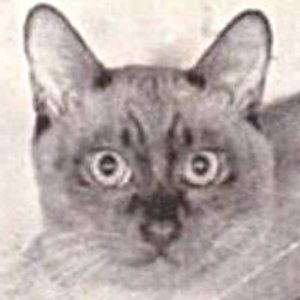 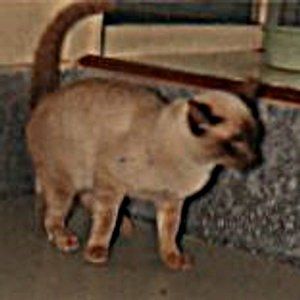
The Burmese in The Netherlands As far as it's known, the first Burmese were imported to the Netherlands in 1963 from England by Mr.HC Campen. They were Kiang Kamina, bred by Mrs.EM King and Brown Kevitor Berry, bred by Mrs.M. M.Somers, both brown. They were followed by, among others, Folk Free Hazel, Buskins Mi-Hling, Jongela Celia, Procul Hitachi, Procul Thebaw (all brown) and Ballard Raba, Ballard Rudy and Ballard Blue Bell (blue). In 1969 there was even a Burmese imported from America to the Netherlands: Pallady's Sir-Sir. This cat had beautiful yellow eyes, which he passed to his descendants.It was not until the nineteen seventies that the Burmese received a greater awareness in the Netherlands. There were many Burmese imported from England (in various colors) and there were usually several dozen to be admired at a cat show. Especially the colours brown, blue, chocolate, lilac and cream became very popular; the torties however never became very popular in that time. In the current Burmese population there is a change, the four "basic" colors brown, blue, lilac and chocolate are well represented, but red, cream and tortie are becoming increasingly popular. |
Nederlandse Burmezen Club 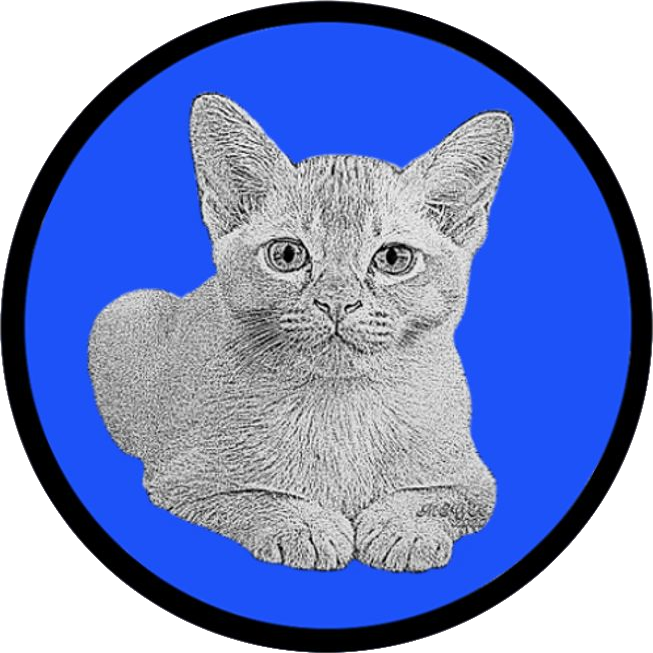 Member of Ocicat Club Holland 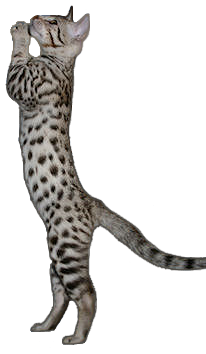 |


